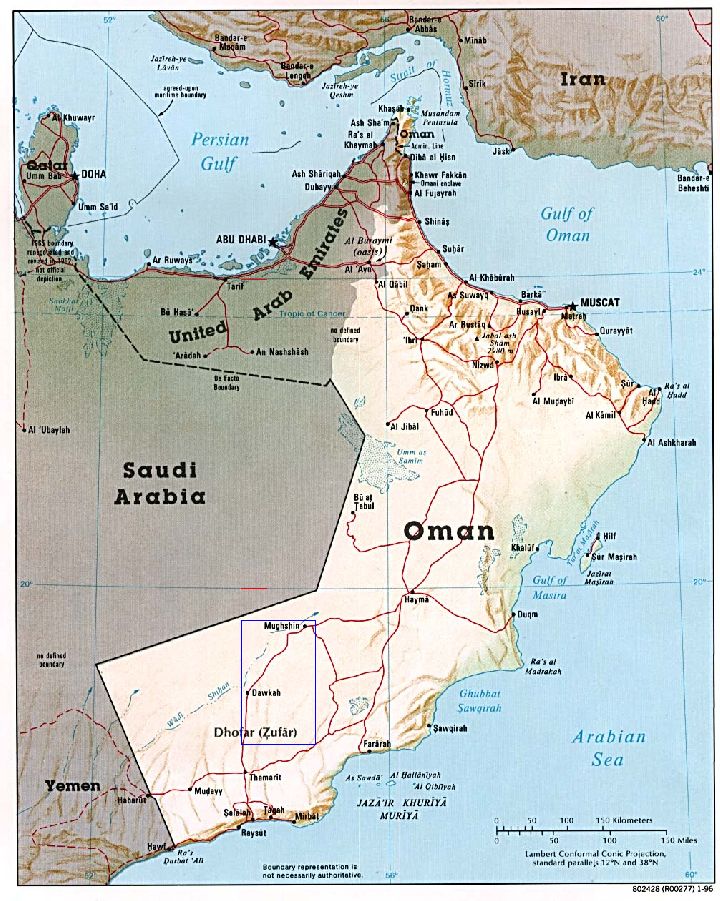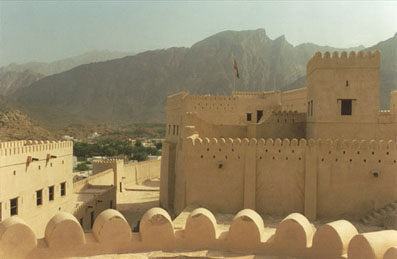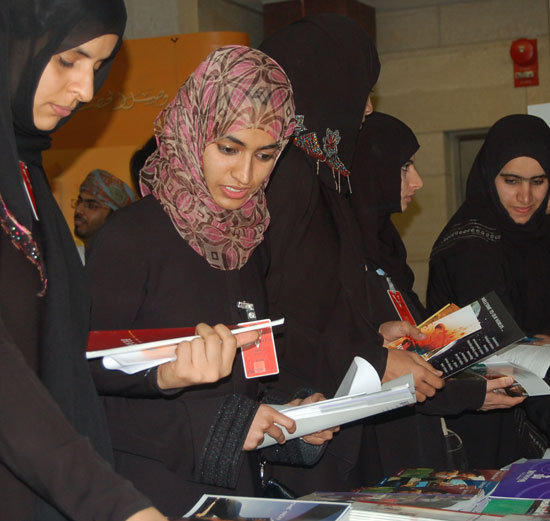
Oman is a gulf country. It borders the Arabian sea. It has many resources including oil. It has a arid, dry climate. Most of the year is dry except for the seasonal monsoon.
Oman’s capital is divided into three main districts: Muscat, Mutrah and Ruwi. Muscat, the old walled port town, is dominated by the Sultan’s palace, buildings of the Royal Court and Government offices. Two well-preserved 16th-century Portuguese forts, Al Jalali and Mirani, guard the entrance to Muscat, and the city walls contain three beautifully carved original gates. The town’s old houses and narrow streets are overlooked by the hillside Mutrah Fort. The Ali Mosque, Sultan Qaboos Grand Mosque and the New Mosque beside the sea add to the district’s charm. Mutrah port is the capital’s commercial center and its fish market, souk and many bazaars are well worth visiting. Ruwi is the capital’s business district and has excellent streets for shopping. The National Museum, featuring fine displays of Omani silverwork, and the Sultan’s Armed Forces Museum, which outlines Omani history, are located here. There are some stunning beaches, like Qurum Beach, Bandar, Al-Jissah and Yeti, as well as some beautiful gardens: Quram National Park, Riam and Kalbouh.

This is the murtah suq. Its a bazaar where many people go inorder to buy food, it similar to an american grocery store. Oman has a rich when it comes to food, especially spices. It was once a place where ships would unload their goods, or barter for new spices.
The video above was taken at the Grand Bazaar in Istanbul, it gives you a feeling of what a bazaar is.


The people of Oman were once traders of spices, and fishers. During The islamic era they're merchants. Today the Country of oman is rich in resources and provides many places for tourists to see:
Muscat: This old walled town is dominated by two well-preserved 16th-century Portuguese forts, Al Jalali and Mirani. The town consists of old houses, narrow streets and three beautifully carved original gates. The Ali Mosque, the New Mosque and the Sultan's Palace are well worth visiting.
Museums :
Several interesting museums are popular with Omani schools children and visitors to the Sultanate. The Omani Museum, established in 1974 at Medinat al-Alam, has been renovated and is now distinguished by a massive wooden entrance door in the Omani tradition. The surroundings have been improved and the layout of exhibits re-arranged and expanded. In Muscat the Omani-French Museum, which was the French Consul's residence in 1896 has been restored to its former glory. A museum in a completely different modern setting is the Children's Museum, Where children can learn, through 'hands on' experience, basic scientific principles. The historical fort at Sohar also contains a museum and there are plans to install exhibits in the Cultural Center in Salalah. One of the most visited museums, situated within the Ministry's complex, is the Natural History Museum. In 1995 a fossils exhibition was added as a National Day gift to the nation from PDO This museum, with its whale hall and displays of animals and birds, has an educational purpose as well as being of interest to tourists. Mention should also be made of two places appreciated by visitors but not part of the Ministry - the Sultan's Armed Forces Museum at Bait al-Falaj and the permanent Oil & Gas exhibition at Mina al-Fahal.



